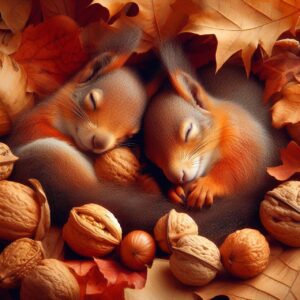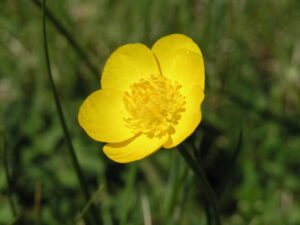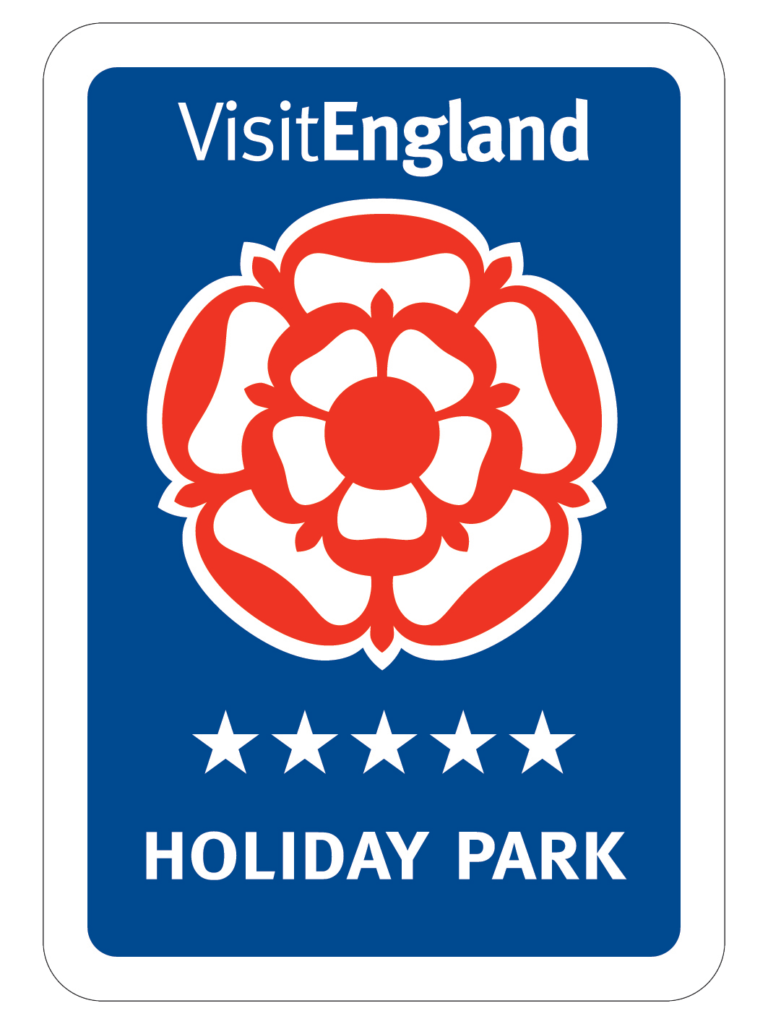Old Coot’s
Here at Landal Rockingham Forest we are lucky to be surrounded by amazing countryside, woodland and lakes and we are fortunate to have lots of wildlife that comes with it. Over the last two years we have been lucky enough to have a couple of Coots choose Oak Lake which is outside reception as the place to nest and bring up their family, this year there were four babies.
What Is a Coot?
A coot Is a water bird part of the rail family, Rallidae. Coots are dark grey in colour with a bright-white beak and forehead. Coots spend much of their time away from the bankside, diving for food.
What do they eat?
They like to eat aquatic plants as well as seeds, but they will also eat worms, snails, and various insects. They will dive to catch small invertebrates. Unlike ducks, Coots will bring their catch to the surface before eating it, leading to squabbles over food. We make sure ours are well fed and go out once a day to feed them seeds.
How long do they live?
Coots can live for 5 years with breading starting at 2 years.
Breeding
Coots are monogamous and breed from March to July. They produce 2 broods a season. They build their nests in shallow water or occasionally on floating vegetation or tree stumps, resting on the base of trampled plants. The bulky nest is constructed from leaves, twigs, bark, roots, and reeds. We have been lucky enough to see a few of the nests on our lake this year.
Coot chicks are black with orange fluff around the face and body; they are independent within two months of hatching. The eggs are incubated by both sexes beginning after the second egg is laid and hatch asynchronously after 21 to 24 days. We currently have 4 baby coots on our lake.
Coots can be seen all year round. They are seen mainly on freshwater lakes, gravel pits, reservoirs, rivers, and lakes that are deep enough. We are very lucky to have our lakes for the Coots to live and nest on all year. Let us know if you see them during your stay with us.
Written by Emily Stuart









